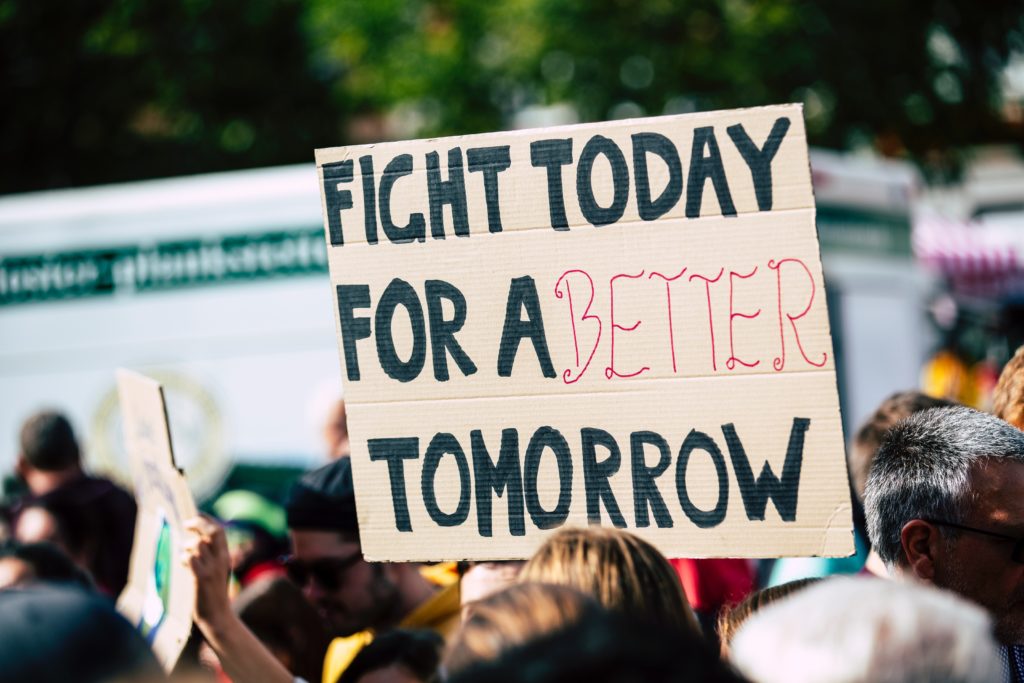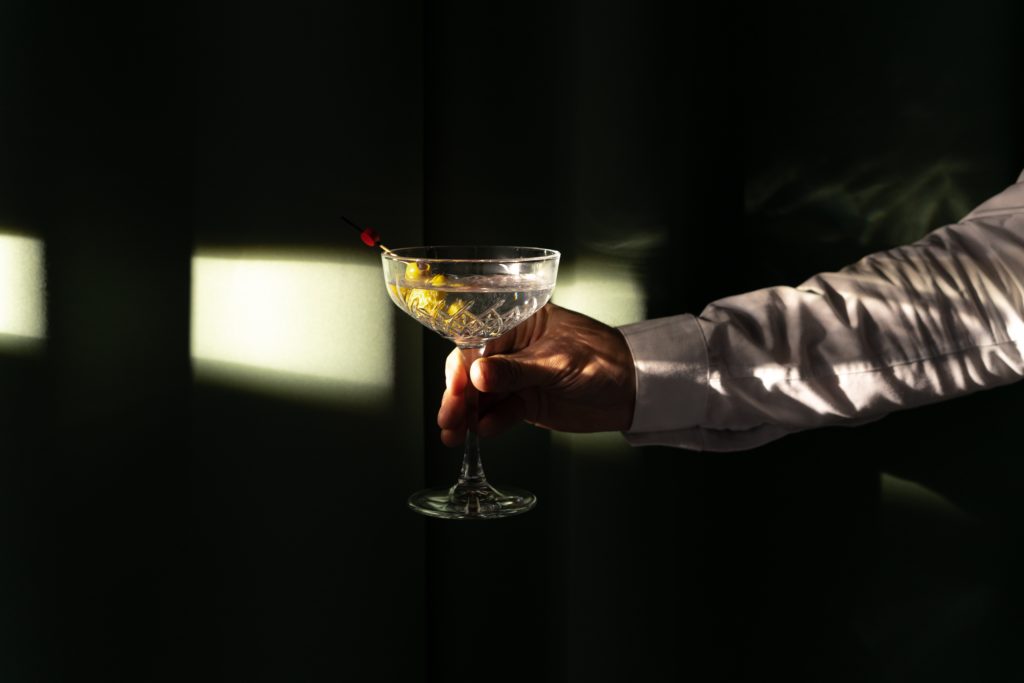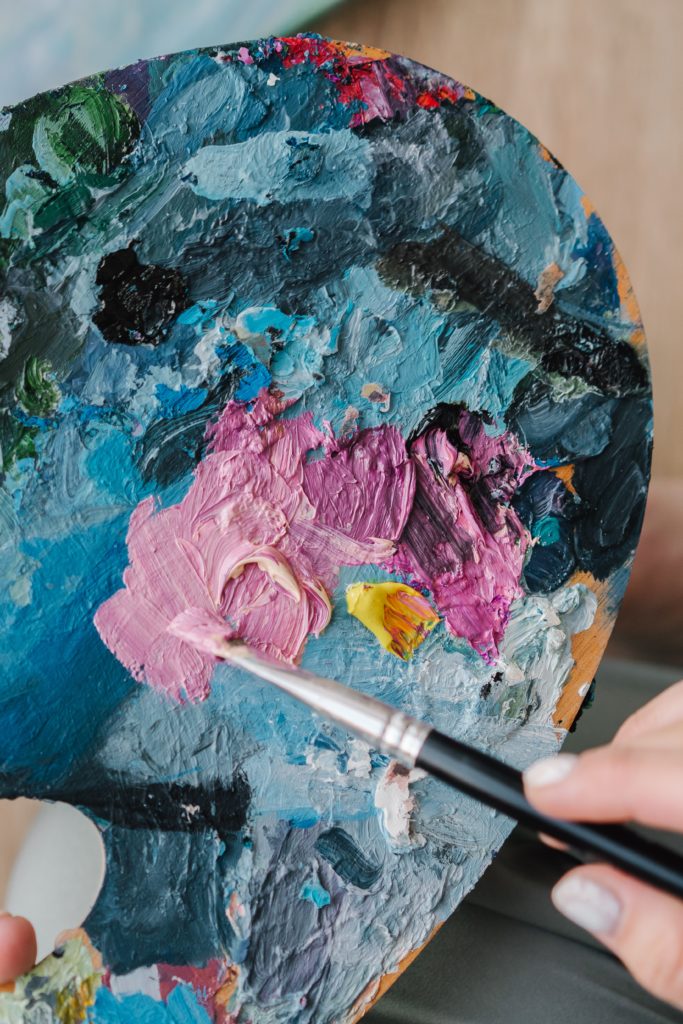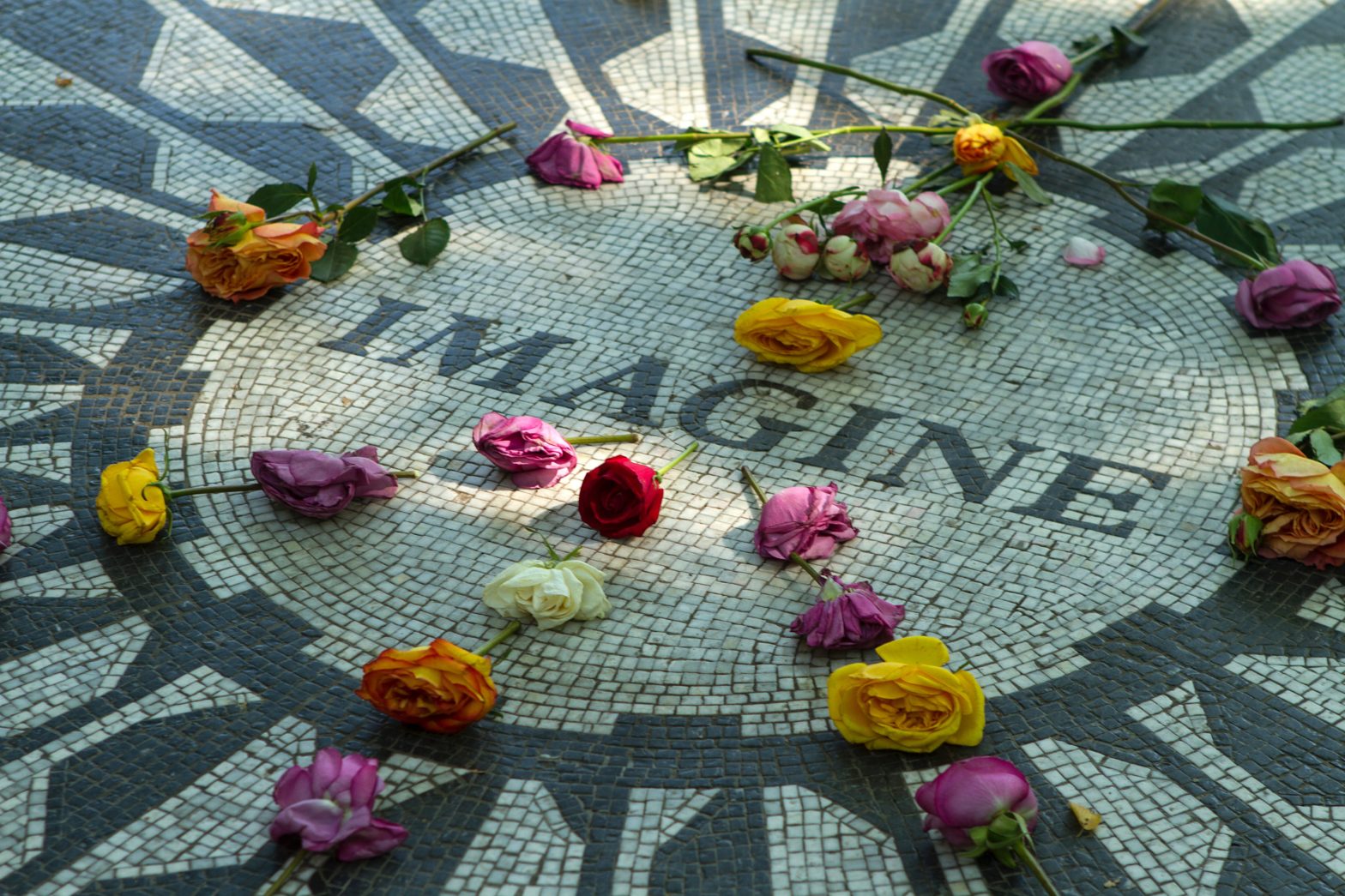This post will be a fun resource combining the themes of politics and intoxication in relation to writing and artwork.
First we will begin with politics…
Some opening thoughts
A commitment to politics requires a strong dedication to the use of words to craft engaging and informed arguments. Creative writing is a great place to start to improve your ability to produce persuasive rhetoric.
Think about what you’re passionate about and consider whether you would be able to write convincingly about this subject matter.
Some people think that politics and art are separate; others view them as inevitably intertwined. What do you think?
What is the purpose of writing? Should it be used to express political viewpoints?
I believe that most art forms are inherently political. However, this does not mean that I equate successful writing with that in which there are explicit political views. On the contrary, the most effective works of art are those which allow the reader to make up their own mind whilst still engaging in social themes which encourage readers to think politically.

Stimuli
Wilfred Owen – Dulce et Decorum est
Read this poem here, and think about the anti-war sentiment of the work. Consider the relevance of the historical context.
John Agard – Flag
Read this poem here, and think about the anti-nationalist sentiment of the work. What do you think about nationalism?
John Lennon – Imagine
Listen to this song here, and think about the promotion of peace that Lennon tries to achieve. How can artists of all types initiate and support revolutions? Think more about the social role of the artist figure in society?
Bob Dylan – The Death of Emmett Till
Listen to this song here, and think about how Dylan tells a story about race which was often ignored or forgotten at the time he was singing. What are the implications for artists who tell someone else’s story because that person is silenced in society, in contrast to the artist who has a privileged status which means that people will listen to them?
Banksy – Flower Thrower
Look at this stencil artwork here, and consider the importance of people like Banksy. What is the significance of this art work depicting a man bombing the establishment with flowers?
D. H. Lawrence – Lady Chatterley’s Lover
Read extracts from this novel, and think about how radical Lawrence’s writing was for his sexually-repressed time. What does it mean for a writer to take the risk of his/ her/ their book getting banned, as Lawrence’s did?
Now that we have considered the political elements within art, have a go at writing or drawing something informed by your own beliefs.
Now we will move on to intoxication…
Some opening thoughts
Why do you think artists, such as musicians, writers and painters, are often prone to addictions, including alcohol and drug abuse?
What is the appeal of substances which can intoxicate you, particularly of hallucinogens, and can they truly inspire you to produce more incredible art?
It may be interesting for you to do some research into the Chelsea Hotel if you don’t know of it already? This establishment was home to many famous singers and playwrights etc. over the twentieth century. However, it was also associated with vice and it is clear that many performers and creators went there to indulge in intoxicating activities.

Stimuli
During the Victorian and Romantic periods, many people took Laudanum, which was opium dissolved in alcohol. This was even recommended in cases of fever and insomnia! Famous writers who used this substance include the three most famous late Romantics – Byron, Keats and Shelley – we well as Elizabeth Barrett-Browning, Dickens, and Walter Scott. Even Coleridge supposedly wrote one of his most well-known works ‘Kubla Khan’ after waking from a laudanum-induced stupor. Similarly, Robert Louis Stevenson wrote The Strange Case of Dr Jekyll and Mr Hyde after almost a week of taking considerable amounts of cocaine.
Lewis Carroll – Alice in Wonderland
Read extracts from this story and consider how opium may have had an influence on Carroll’s fantasy world.
The Beatles – Lucy in the Sky with Diamonds
Listen to this song here, and think about the influence of LSD on the creative output of this incredible 60s band.
Dylan Thomas – Do Not Go Gentle Into That Good Night
Read this villanelle poem here. Although the presence of intoxicating substances is not explicit within the work itself, as in the other examples we have considered, think about how Thomas’ alcohol addiction may have contributed to a mental state which could produce a work like this.
Tennessee Williams – Cat on a Hot Tin Roof
Read extracts from this stage play, and think about how Williams’ work was influenced by his own life. He suffered from alcoholism and depression. How did this inspire the character of Brick in Cat on a Hot Tin Roof?
Now that we have considered the influence of hallucinogens on art, have a go at writing or drawing something influenced by imagined or lived psychedelic experience.

Amber Kennedy, Editor-in-Chief
Photo by Ramaz Bluashvili from Pexels

